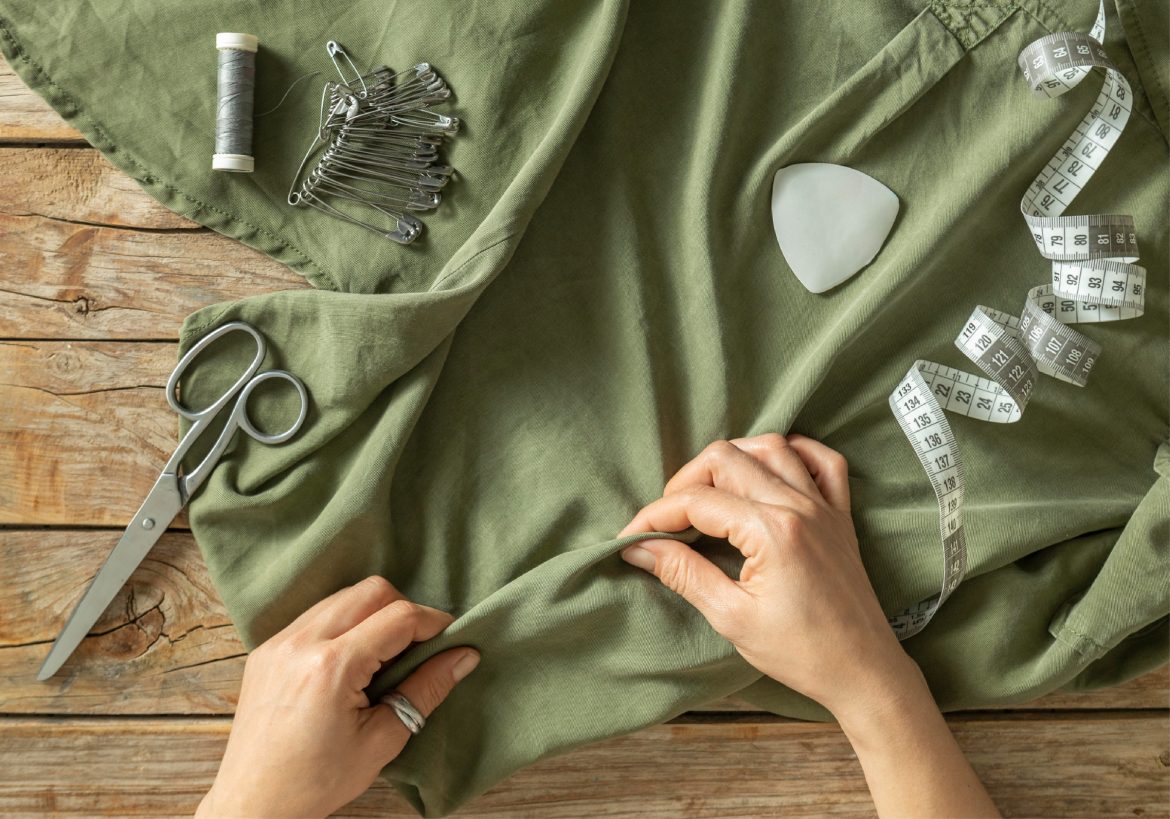As consciousness about the environment increases, more and more individuals are looking for alternatives to make their lives sustainable, including their daily wear clothing. The apparel industry is among the biggest polluters and resource exploiters, so selecting environmentally friendly fabrics is a strong step towards lowering your carbon footprint. Luckily, with the progression of sustainable fashion, it has become easier than ever to source trendy, comfortable, and eco-friendly fabrics for daily wear clothing.
1. Organic Cotton: The Soft Revolution 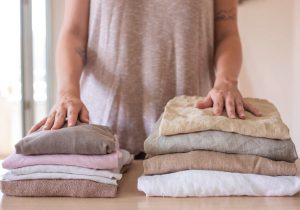
One of the most popular fabrics in the world, cotton is also one of the biggest abusers when it comes to water usage and pesticides. Organic cotton is cultivated without the use of synthetic fertilizers or toxic chemicals, which means it is a much greener alternative.
Why Use Organic Cotton?
Needs up to 88% less water and 62% less energy than traditional cotton. Cultivated without pesticides, saving soil quality and wildlife.
Typically certified by bodies such as GOTS (Global Organic Textile Standard), holding strictly environmental and social standards. Lightweight, natural, and comfortable, ideal for T-shirts, socks, sleepwear, and beyond.
How affordable and available organic cotton is, and why it's such a great introduction for anyone looking to start with sustainable Fashion. Then, recycled cotton from post-consumer or pre-consumer textile scraps serves as even more sustainable because it discourages landfill space use and keeps resources in place.
2. Hemp: The Carbon-Negative Powerhouse 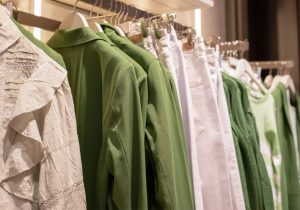
Hemp is one of the oldest fibers used in textiles, valued for its strength and environmentally friendly cultivation. Hemp uses less water than most crops, no pesticides, and even improves the soil as it grows. It is a carbon-negative crop because it takes in more CO₂ from the air than it releases throughout its life cycle.
Advantages of Hemp Fabric:
Extremely sustainable with a low environmental footprint.
Naturally pest-resistant, minimizing the use of chemicals.
Tough, airy, and gets softer with each cleaning.
Adaptable for garments from casual apparel to durable outerwear.
Although hemp may be slightly higher priced because of cultivation difficulties, its durability and positive environmental impact make it a good investment for green-conscious consumers.
3. Linen: The Ancient Eco-Friendly Fabric 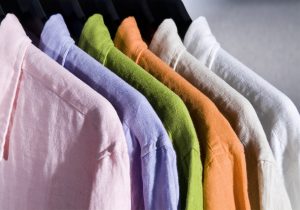
Linen is derived from flax plants, which grow with minimal water and without pesticides. Linen has been around for centuries and is still in demand for its lightness, breathability, and natural feel.
Why Linen is a Sustainable Option:
Low environmental impact from growing flax.
Biodegradable and long-lasting, with a longer life than most synthetic textiles.
Moth-resistant and fast-drying naturally.
Perfect for warm-weather garments such as dresses, shirts, and shorts.
Linen's classic aesthetic and eco-friendly credentials make it a hit for those who crave Fashion and sustainability.
4. Lyocell (TENCEL™): The Revolutionary Wood-Based Fabric
Lyocell, commonly branded as TENCEL™, is a semisynthetic fiber produced from sustainably cultivated wood pulp, most commonly derived from eucalyptus, beech, or spruce trees. Its manufacture is based on a closed-loop process that recycles water and solvents, eliminating waste and conserving resources.
What Sets Lyocell Apart: 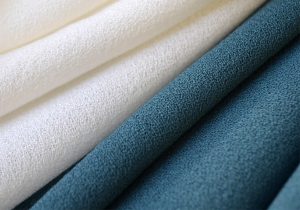
Extremely absorbent, moisture-wicking, and ventilated.
Nature-based antibacterial and odor-controlling.
End of life: biodegradable and compostable.
Soft, lustrous feel appropriate for casual tops and glamorous dresses.
Eco-friendly production and luxurious handling of Lyocell have propelled it to become a favorite among sustainable fashion ranges globally.
5. Recycled Polyester: Reviving Plastic's Second Life
Conventional polyester comes from petroleum and is a prolific source of microplastic contamination. Yet recycled polyester (r-PET) is created using post-consumer plastic bottles and fabric scraps, keeping plastics from landfills and oceans.
Benefits of Recycled Polyester: 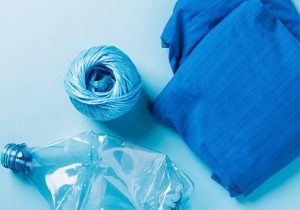
Reduces waste plastic and consumption of virgin fossil fuels.
Lower energy and water requirements compared to the production of virgin polyester.
Durability and diversity are utilized for sportswear, outerwear, and general apparel.
Although recycled polyester continues to release microplastics when washed, it is far less damaging than virgin polyester and is commonly blended with natural fibers for greater sustainability.
Why Opting for Eco-Friendly Fabrics Is Important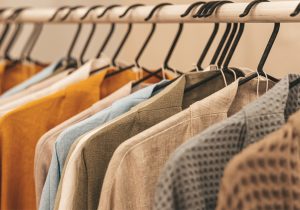
The fashion sector is responsible for a large percentage of world carbon emissions, water consumption, and chemical pollution. Through the choice of using eco-friendly fabrics, consumers can:
Minimize resource use: Green fibers usually demand less water, energy, and chemicals.
Reduced greenhouse gas emissions: Plants such as hemp and flax pull in CO₂, and closed-loop systems minimize emissions.
Minimize waste: Fabric made from recycled materials keeps textiles and plastics from landfills.
Encourage soil health and biodiversity: Organic practices shun toxic pesticides and maintain ecosystems.
Support ethical production: Certifications guarantee fair labor practices and environmental responsibility.
Some Sites to buy Sustainable Fashion: 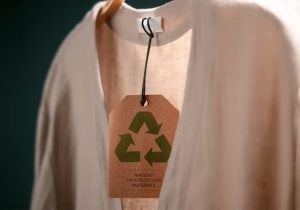
Here we are mentioning some sites from where you can buy clutches & Mini Bags from:
Patagonia
Reformation
Outerknown
The sites that we have mentioned here are some of the great ones where you can consider options for sustainable Fashion from. But from these sites there is one that we adore the most which is Eileen Fisher which provides an extensive range of wardrobe collection to select from. Rest the decision depends on you which option you wanna go with.
Tips for Creating a Sustainable Wardrobe Using These Fabrics
Seek certifications: GOTS for organic cotton and linen, FSC for lyocell, and OEKO-TEX for chemical safety.
Prioritize quality over quantity: Long-lasting materials such as hemp and linen do not need to be replaced often.
Combine and contrast: Organic cotton blended with recycled polyester or lyocell can provide performance as well as sustainability. Care with consideration: Wash according to instructions to help maintain fabric life and minimize microplastic shedding. Support ethical brands: Most ethical clothing brands feature these sustainable fabrics prominently.
Conclusion
With the rise in demand for sustainable Fashion, green fabrics are now more prevalent and varied. Organic cotton, hemp, linen, lyocell, and recycled polyester are the best bets for everyday apparel that is earth-friendly without losing style or comfort. Adding these fabrics to your wardrobe is an intentional step towards minimizing environmental footprints while still wearing high-quality, gorgeous clothing.
By selecting these earth-friendly fabrics, you not only make your planet a healthier one but also adopt a fashion that cares, innovates, and endures. Whether you're buying everyday tees, flowy dresses, or long-lasting outerwear, these fabrics give you the best of earth-friendliness and daily functionality.
Make your next clothing buy matter the choice of these top five green fabrics, and wear your conscience high.
Shop Now